This page contains a comprehensive list of culinary nutrition vocabulary. Users can expect to find various resources such as games, flashcards, and other tools related to this subject. Explore the links provided to enhance your knowledge and understanding of culinary nutrition terminology.
Culinary Nutrition is the practice of combining nutritional science with the art of cooking to create delicious and healthy meals. By focusing on using fresh, whole ingredients and cooking methods that preserve nutrients, culinary nutritionists help individuals improve their overall health and well-being through their diet. This field emphasizes the importance of balancing flavors, textures, and colors to create meals that are not only nutritious but also enjoyable to eat. Culinary nutritionists often work in a variety of settings, including restaurants, wellness centers, and healthcare facilities, to help individuals make positive changes to their diet and lifestyle.
Practice & Reinforce Your Learning
Culinary Nutrition Vocabulary List
Nutrient-dense cooking
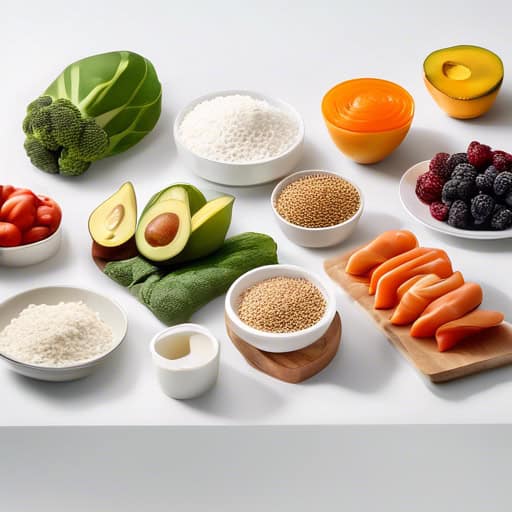
- I prefer to shop at Whole Foods because they offer a wide variety of fresh, organic produce.
- Eating a diet high in whole foods can help improve overall health and prevent chronic diseases.
- I try to incorporate more whole foods into my meals by cooking at home and avoiding processed foods.
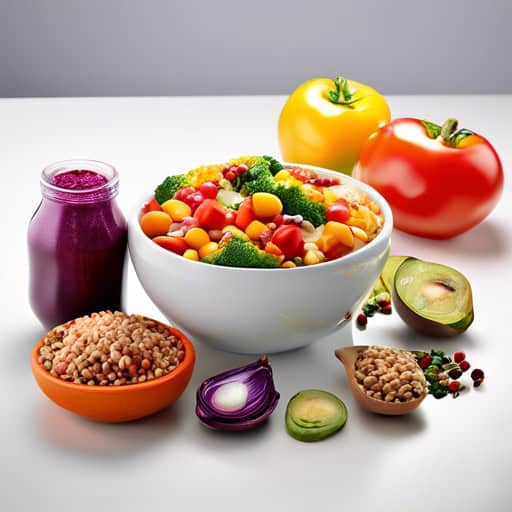
- Spinach is a nutrient-dense vegetable that is packed with vitamins and minerals.
- Quinoa is considered a nutrient-dense grain due to its high protein and fiber content.
- Salmon is a nutrient-dense food that is rich in omega-3 fatty acids and protein.

- She takes daily multivitamins to ensure she is getting all the essential vitamins and minerals her body needs.
- Eating a variety of fruits and vegetables is a great way to naturally obtain vitamins and nutrients.
- Nutrient-dense cooking involves using whole foods that are packed with vitamins and minerals to create healthy and balanced meals.

- Calcium and magnesium are important minerals for maintaining strong bones and teeth.
- Iron is a crucial mineral for transporting oxygen throughout the body.
- Potassium and sodium are minerals that help regulate fluid balance and muscle function.
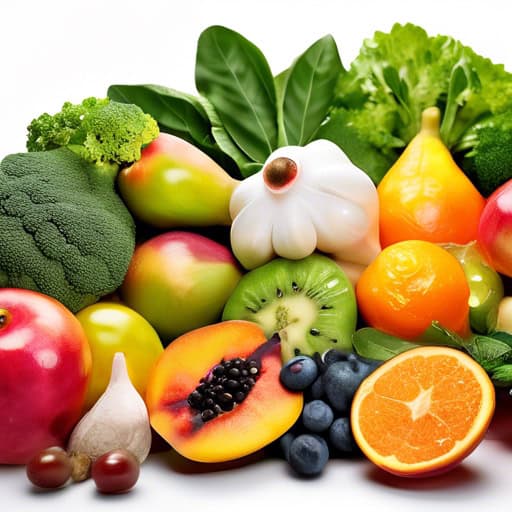
- Phytonutrients are abundant in fruits and vegetables, providing essential vitamins and minerals for overall well-being.
- Eating a variety of colorful plants ensures a diverse intake of phytonutrients, which can help protect against chronic illnesses.
- Research suggests that phytonutrients may play a role in supporting a strong immune system and promoting longevity.

- Micronutrients such as vitamin C, iron, and zinc play a crucial role in supporting the immune system.
- It is important to consume a balanced diet rich in micronutrients to prevent nutrient deficiencies.
- Supplements can be taken to ensure adequate intake of micronutrients, especially for those with dietary restrictions.
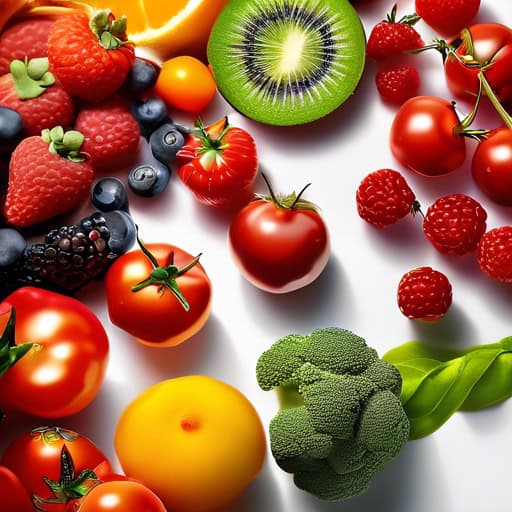
- Antioxidants can help reduce inflammation and oxidative stress in the body.
- Eating a diet rich in antioxidants can boost your immune system and promote overall health.
- Blueberries and kale are excellent sources of antioxidants that can help prevent chronic diseases.
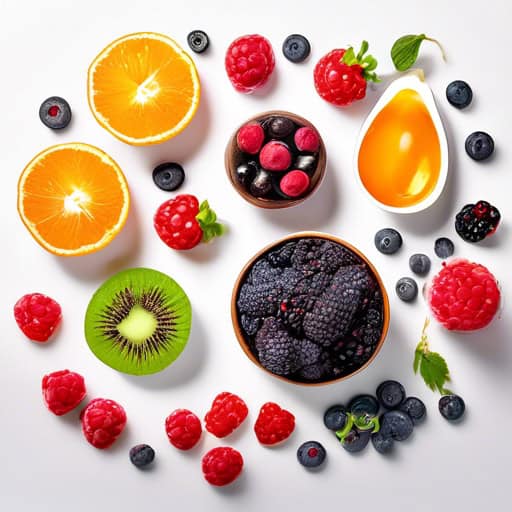
- Superfoods like kale, blueberries, and quinoa are known for their high nutrient content and health benefits.
- Adding superfoods to your diet can help boost your immune system and improve overall health.
- Incorporating a variety of superfoods into your meals can help you feel more energized and vibrant.
specific dietary needs

- I always have to be careful when dining out because I am allergic to certain allergens.
- It's important to always read food labels to check for any potential allergens.
- Some common allergens include peanuts, shellfish, and dairy products.
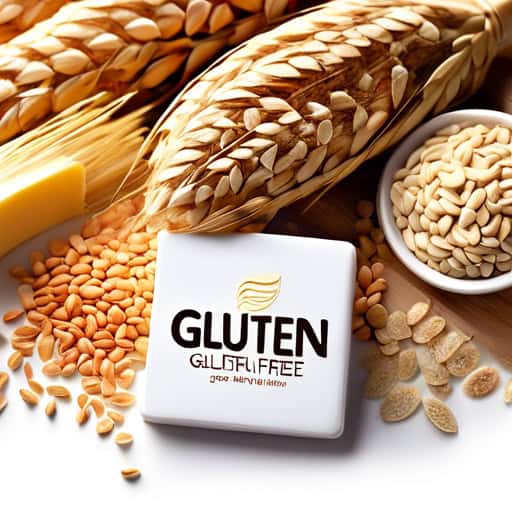
- I have to be careful when shopping for snacks to make sure they are gluten-free.
- My friend has a gluten intolerance, so I always make sure to prepare gluten-free meals when she comes over.
- Many restaurants now offer gluten-free options on their menus to accommodate customers with dietary restrictions.

- My sister suffers from lactose intolerance and has to avoid dairy products to prevent stomach issues.
- I often opt for lactose-free milk to avoid any symptoms of lactose intolerance.
- My friend carries lactase enzyme tablets with her at all times to help with her lactose intolerance.

- My brother is a diabetic and has to carefully monitor his blood sugar levels throughout the day.
- A diabetic diet typically includes foods that are low in sugar and high in fiber to help regulate blood sugar levels.
- It's important for diabetics to exercise regularly and maintain a healthy lifestyle to manage their condition effectively.
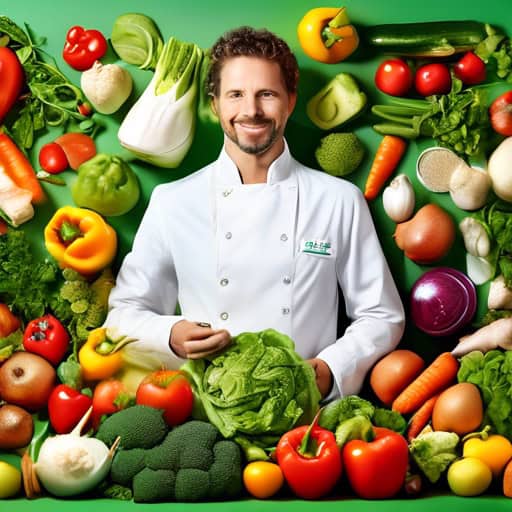
- I have been a vegetarian for five years and I feel healthier than ever.
- My favorite vegetarian meal is a hearty vegetable stir-fry with tofu.
- Many restaurants now offer delicious options for vegetarians on their menus.

- I always make sure to double-check ingredients to ensure they are vegan before purchasing any food products.
- My friend is a dedicated vegan and she loves experimenting with new plant-based recipes.
- Being vegan has not only improved my health, but also made me more conscious of the impact my food choices have on the environment.
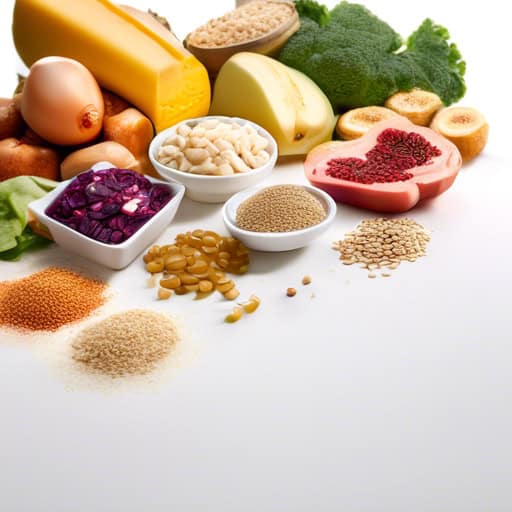
- I have been following a low FODMAP diet to help manage my irritable bowel syndrome symptoms.
- Low FODMAP foods are often easier on my stomach and help alleviate bloating and discomfort.
- It can be challenging to find tasty snacks that are also low FODMAP, but it's worth it for my digestion.
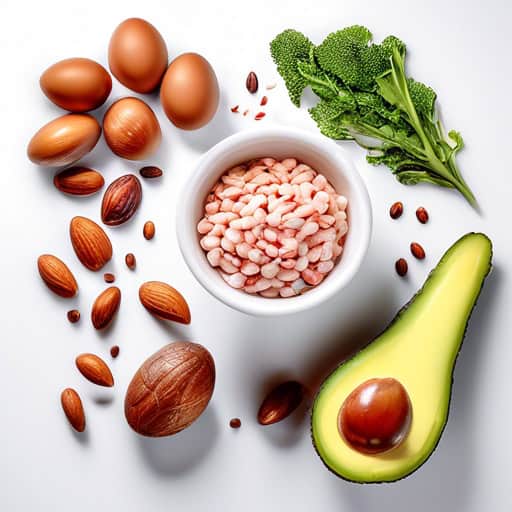
- I have been following a Keto diet for the past month and have noticed significant weight loss.
- My friend swears by the Keto lifestyle, claiming it has improved her energy levels and mental clarity.
- The Keto diet restricts the intake of carbs, which forces the body to burn fat for fuel instead.
Plant-based cooking
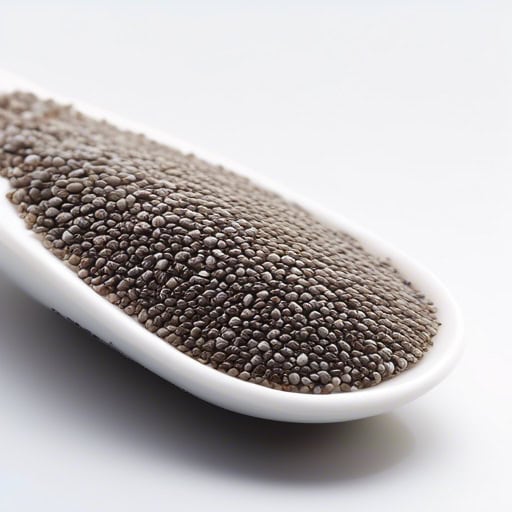
- Chia seeds are a popular ingredient in smoothie bowls and overnight oats for added nutrition and texture.
- I like sprinkling chia seeds on top of my salads for a crunchy, healthy boost.
- You can also use chia seeds as an egg substitute in vegan baking recipes.
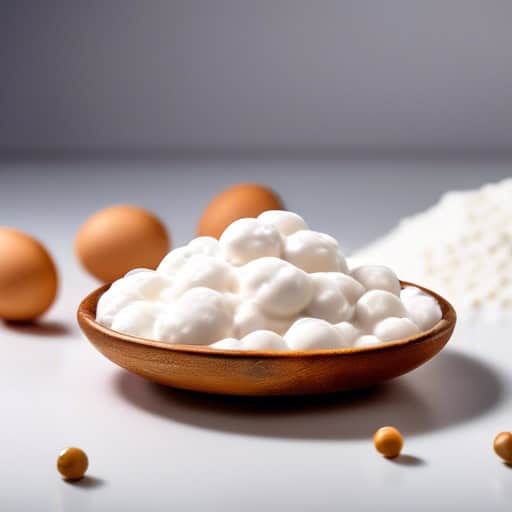
- I used aquafaba in my vegan chocolate mousse recipe instead of eggs.
- Aquafaba can also be whipped into a foam and used in vegan meringues.
- The aquafaba from a can of chickpeas is a convenient and versatile vegan ingredient.

- I sprinkle nutritional yeast on my popcorn for a delicious cheesy flavor.
- Nutritional yeast is a great source of vitamins and minerals, especially B vitamins.
- Many vegan recipes call for nutritional yeast to add a rich, savory taste to dishes.
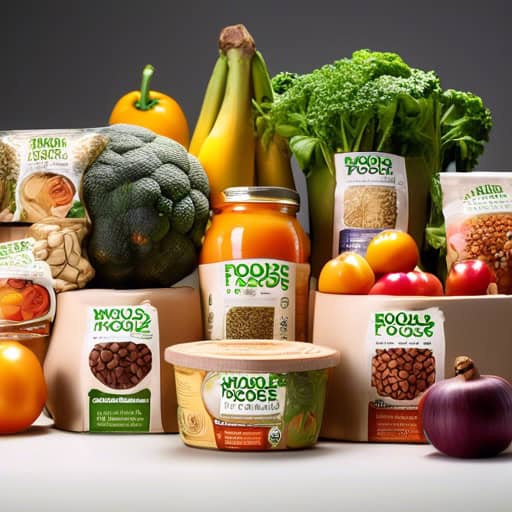
- I love shopping at Whole Foods because they have a great selection of fresh, organic produce.
- When cooking plant-based meals, it's important to focus on using whole foods for maximum nutritional benefits.
- I try to incorporate a variety of whole foods into my diet to ensure I'm getting a wide range of nutrients.
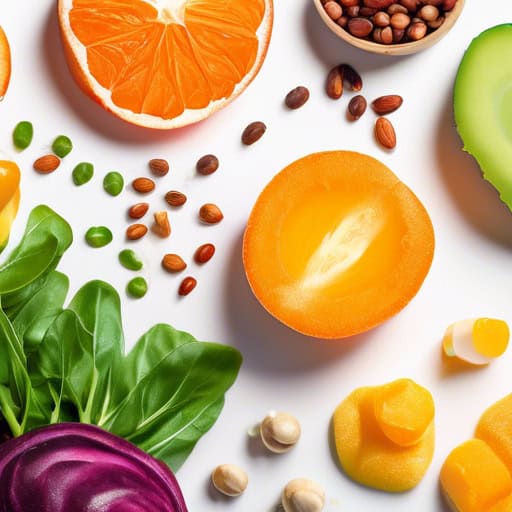
- I have recently adopted a plant-based diet and have been experimenting with different recipes using only plant-based ingredients.
- Plant-based eating has been shown to have numerous health benefits, such as reducing the risk of heart disease and improving digestion.
- Many restaurants now offer plant-based options on their menus to cater to the growing demand for plant-based meals.
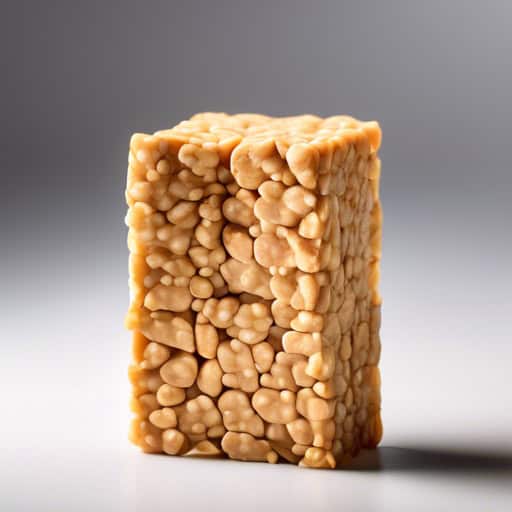
- I love using tempeh in my stir-fries as a protein-packed alternative to meat.
- Tempeh bacon is a delicious and smoky addition to a vegan BLT sandwich.
- Marinating tempeh in a savory sauce before grilling adds a depth of flavor to the dish.
Mindful eating
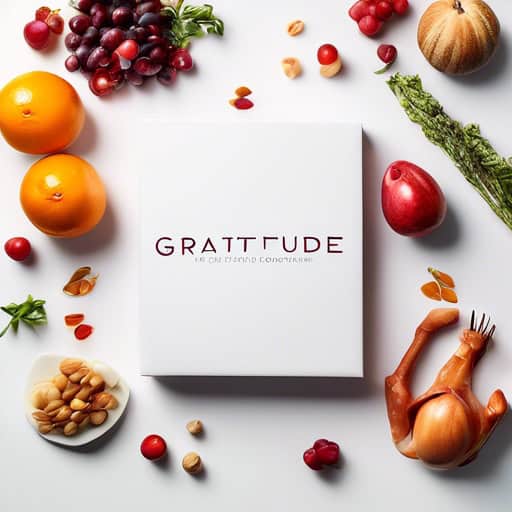
- I start each meal with a moment of gratitude for the farmers who grew the food, the hands that prepared it, and the Earth that provided it.
- As I take each bite, I savor the flavors and textures with a heart full of gratitude for the abundance in front of me.
- After finishing my meal, I express gratitude for the nourishment I received and the energy it will provide me throughout the day.
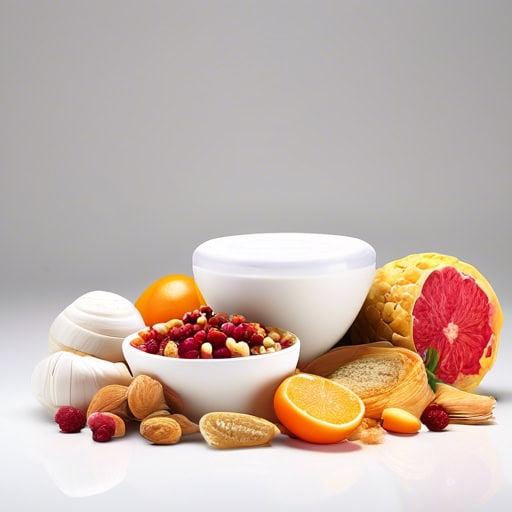
- After savoring each bite mindfully, I felt a deep sense of satisfaction and gratitude for the nourishment I had received.
- The satisfaction of listening to my body's hunger cues and stopping when I was comfortably full was incredibly empowering.
- Achieving a balance of flavors and textures in my meal brought me a great sense of satisfaction and enjoyment.
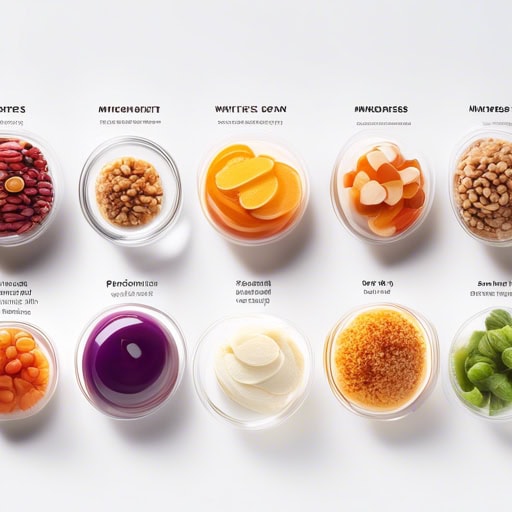
- Practicing mindfulness during meals can help improve digestion and prevent overeating.
- Mindfulness meditation can help reduce stress and anxiety by focusing on the present moment.
- Incorporating mindfulness into daily routines can lead to a greater sense of overall well-being.
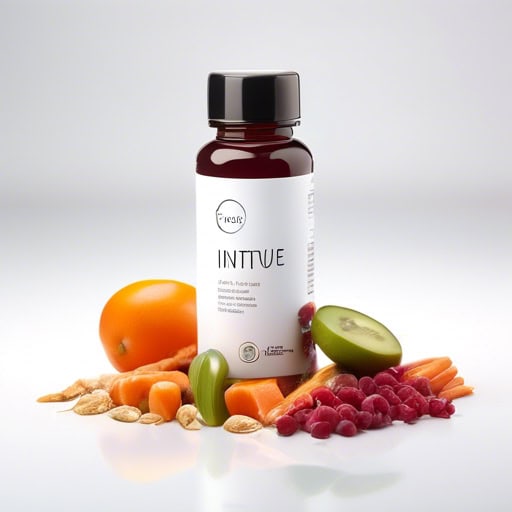
- Her intuitive eating habits allowed her to maintain a healthy weight without strict dieting.
- The chef's intuitive understanding of flavors resulted in a delicious and well-balanced meal.
- By practicing mindfulness, she became more intuitive about her body's needs and cravings.
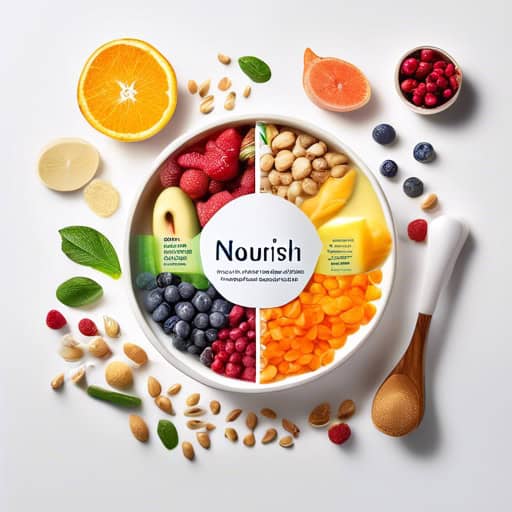
- She believed in using natural ingredients to nourish her body and soul.
- The chef carefully selected each ingredient to nourish the body and delight the taste buds.
- Eating a balanced diet filled with fresh fruits and vegetables is essential to nourish the body with vital nutrients.
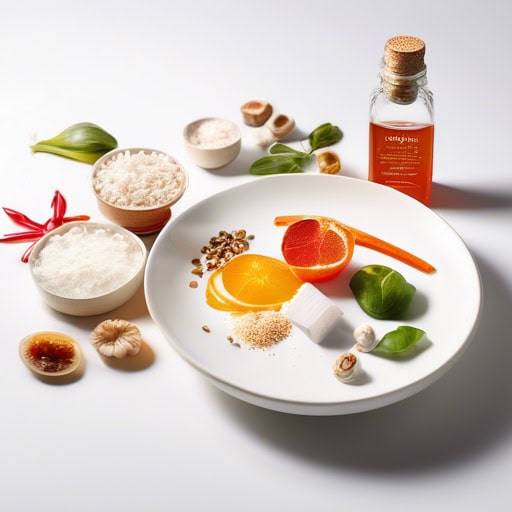
- I like to savor each bite of my meal, taking the time to appreciate the flavors and enjoy the experience.
- Savoring a cup of hot tea on a cold day is one of my favorite ways to relax and unwind.
- It's important to savor the moment when enjoying a delicious dessert, allowing yourself to fully experience the sweetness and indulgence.

- Increasing awareness of our thoughts and emotions can lead to better self-regulation.
- Educating the public on environmental issues is crucial for raising awareness and promoting change.
- Practicing mindfulness meditation can help cultivate a greater sense of self-awareness.
Cooking for weight management
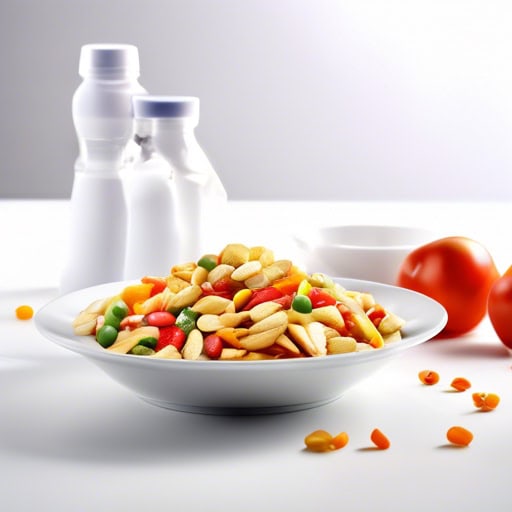
- I try to keep track of my daily calorie intake to ensure I am staying within my recommended limit for weight maintenance.
- It is important to be mindful of the calorie content in the food we consume, especially when trying to maintain a healthy diet.
- Some people opt for low-calorie snacks as a way to satisfy hunger without consuming too many calories.

- I struggle with portion control when I am faced with unlimited buffet options.
- Practicing portion control has helped me lose weight and maintain a healthy lifestyle.
- Learning about portion control has made me more mindful of my eating habits and portion sizes.
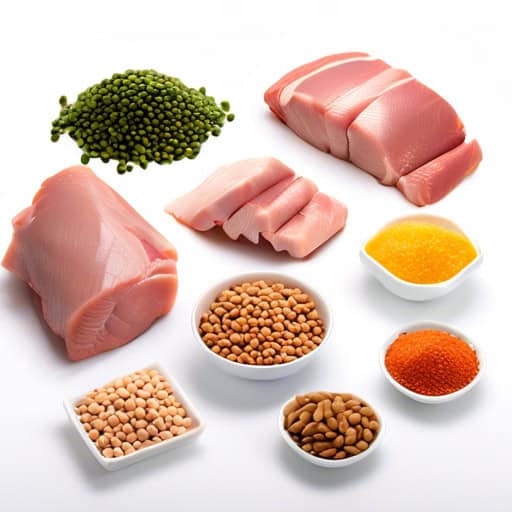
- She opted for a salad with grilled chicken breast as her lean protein choice for lunch.
- After her workout, she made a smoothie with tofu to get a boost of lean protein.
- For dinner, he cooked a delicious salmon fillet as his main source of lean protein.
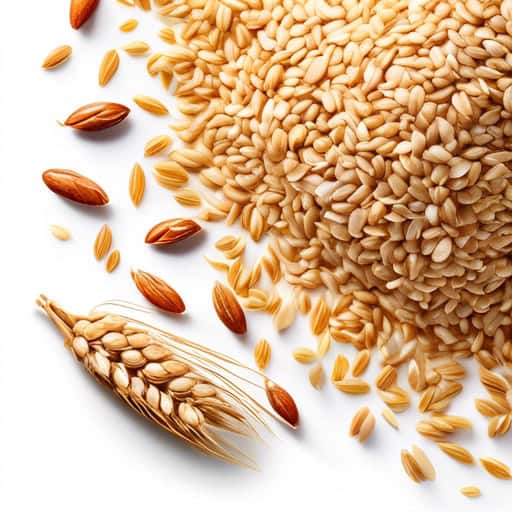
- I try to incorporate whole grains into my diet by choosing whole grain bread, pasta, and cereal.
- Eating whole grains can help lower the risk of heart disease and improve digestion.
- Switching to whole grains has made me feel more energized and satisfied after meals.
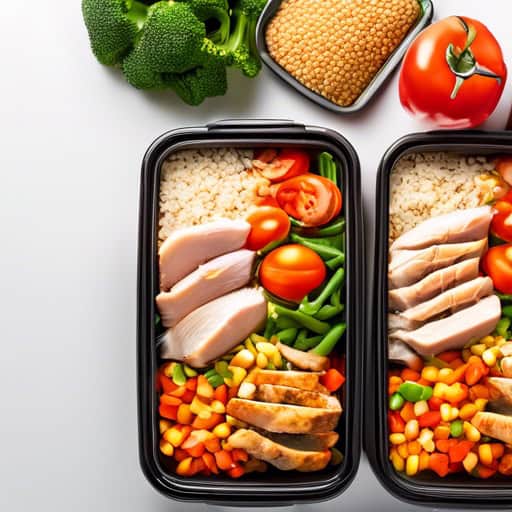
- I spend my Sundays meal prepping for the week ahead.
- Meal prep has been a game changer for my weight loss journey.
- I find that meal prepping saves me time and money during the busy workweek.
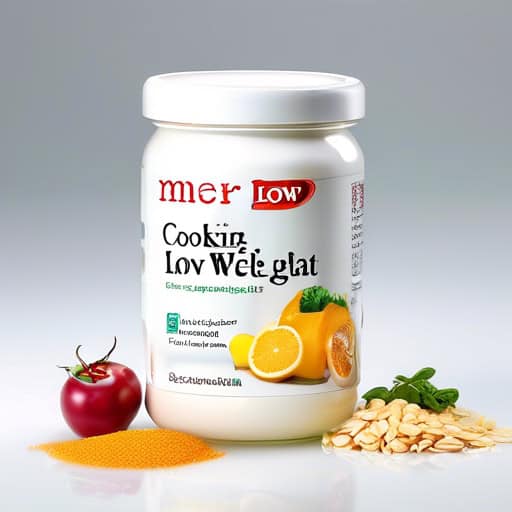
- I prefer to buy low-fat yogurt for a healthier snack option.
- She made a delicious low-fat chicken stir-fry for dinner last night.
- The nutritionist recommended incorporating more low-fat options into my diet to help with my weight loss goals.
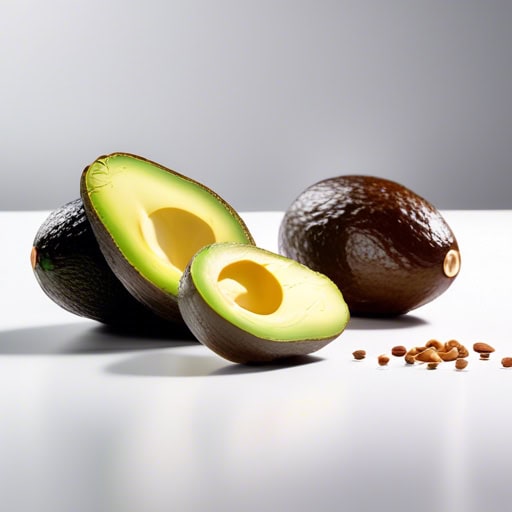
- Healthy fats like avocado, olive oil, and nuts are essential for maintaining a balanced diet and supporting overall health.
- Incorporating healthy fats into your meals can help lower cholesterol levels and reduce the risk of heart disease.
- Remember to consume healthy fats in moderation as part of a well-rounded diet for optimal health benefits.
Quick Facts
- Culinary nutrition is the study of how food and nutrition interact with the human body.
- It focuses on creating healthy and balanced meals that are both nutritious and delicious.
- Culinary nutritionists work to educate individuals on making healthier food choices and cooking techniques.
- They also help develop recipes that meet specific dietary needs, such as low-sodium or gluten-free diets.
- Culinary nutrition is a growing field that combines the science of nutrition with the art of cooking.
